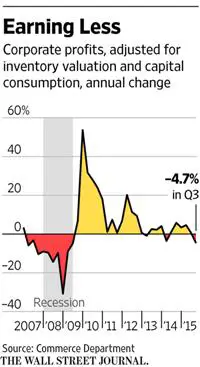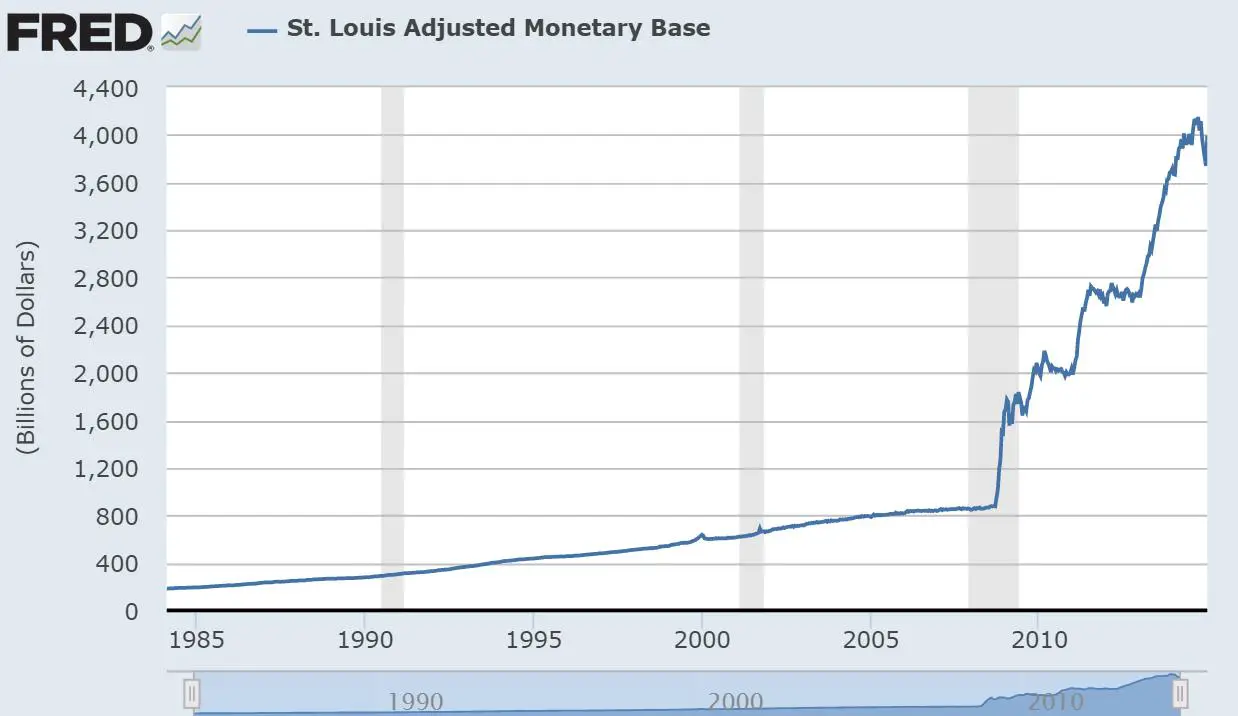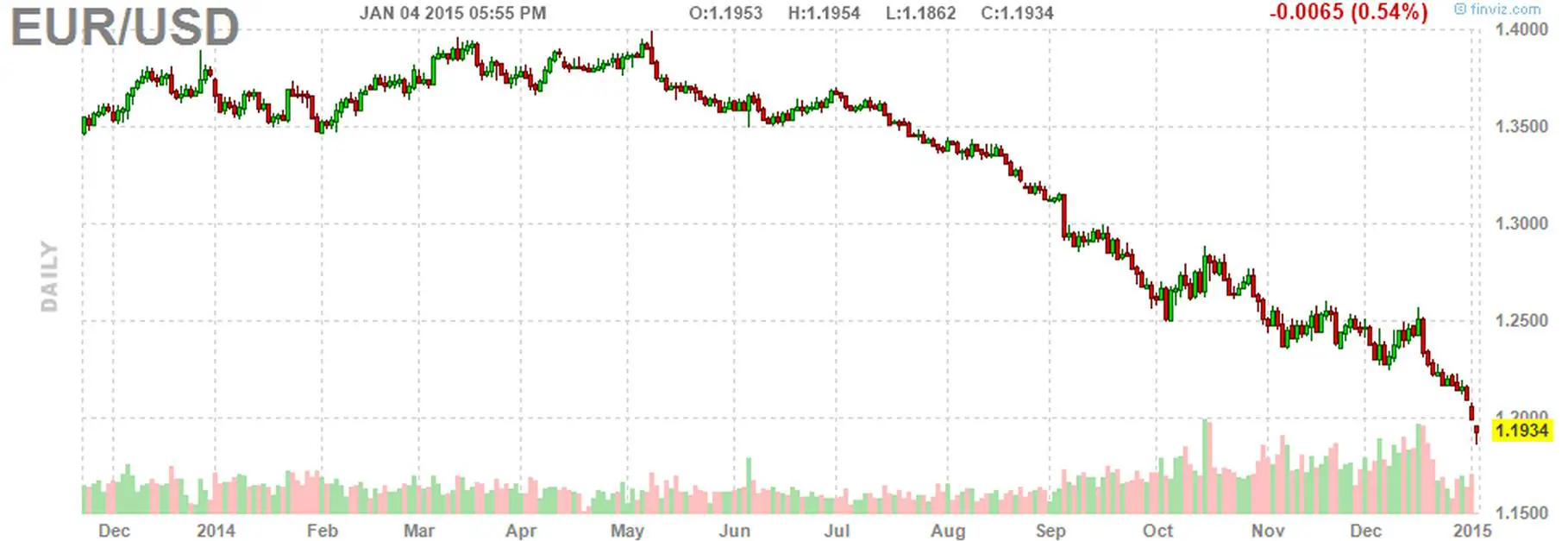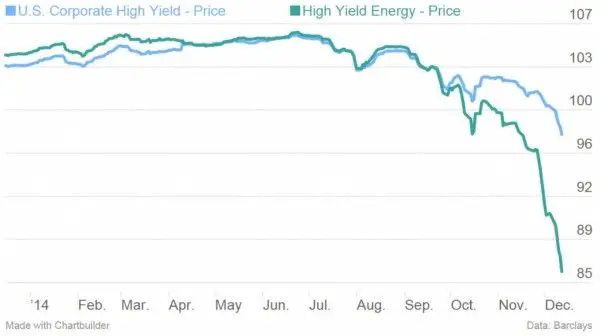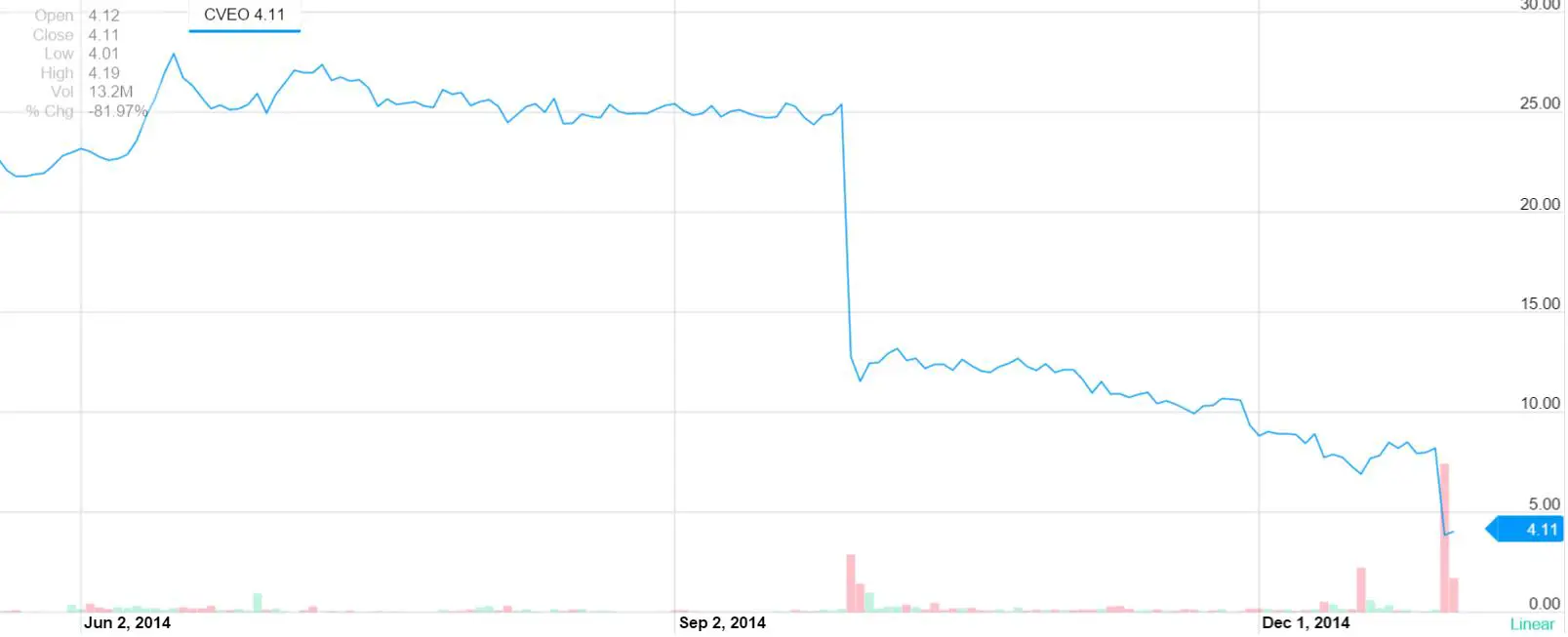Guest Post by John Rubino
Reports of individuals snapping up near-record numbers of gold and silver coins are coming in from around the world:
U.S. Mint American Eagle gold coin sales set to rise sharply in Sept
(Reuters) – The U.S. Mint has sold nearly 50,000 ounces of American Eagle gold coins so far in September, almost double its total in August, as a sharp pullback in gold prices and geopolitical tensions boosted interest for physical products from retail investors.
With only six business days left until the end of September, sales of American Eagle bullion gold coins made for investors were 46,000 ounces, up 84 percent from August sales of 25,000 ounces, the latest U.S. Mint data showed on Monday.
Record highs in U.S. equities also prompted some retail investors to buy precious metal products to diversify their portfolios, said David Beahm, vice president at New Orleans coin dealer Blanchard & Co.
German Bullion Dealers Report Major Increase in Sales
(Gold Reporter) Bullion dealers from all regions report that gold sales in the German bullion trade market surge since last week. Suppressed prices for gold and silver are obviously considered buying rates by German investors. The German precious metals trade reports a surge in sales.
“For about a week we record considerably increased turnover again, which is now on previous year’s level, so it doubled compared to the recent months.”, Rene Lehman from the internet dealer Münzland in Dresden told Goldreporter.
“We can confirm that customer demand has considerably increased in the recent days.“, said Dominik Kochmann, CEO of ESG Edelmetalle in Rheinstetten.
Daniel Marburger, Director of Coininvest GmbH in Frankfurt/Main also stated that “In the past seven working days we have seen an extreme surge in demand.”
Christian Brenner, Chief Executive of Philoro Edelmetalle GmbH: “Already in August we noticed an increase on orders compared to the previous months, but September… September beats it all. From a German viewpoint it’s the strongest month of 2014.”
Perth Mint Gold and Silver Bullion Sales Surge in August
(Coin News) Australian sales of bullion gold and silver surged in August after falling to a three-month low in July, new figures from the Perth Mint of Australia show.
August sales of Perth Mint gold coins and gold bars at 36,369 ounces rallied 44.9% from July and jumped 19.5% from the same time last year. Gold sales were the highest since June. Sales of Perth Mint silver coins and silver bars at 818,856 ounces in August advanced 41.7% from the prior month and grew 18.5% from August 2013. They were the strongest since January. In July, gold and silver bullion sales retreated from the previous month and from year-ago levels.
Individual buyers aren’t the dominant players in precious metals but they do make a difference. And their renewed enthusiasm is matched by some recent national trends:
China imports more gold for holiday; Indian demand set to climb
SINGAPORE (Reuters) – Top bullion consumer China has been importing more gold in September than in the previous month due to demand from retailers stocking up for the upcoming National Day holiday, market sources said.
Demand in India – the second biggest buyer of the metal – is also set to pick up as the festival and wedding season kicked off this week.
With gold trading close to a key psychological level of $1,200 an ounce, markets are keenly watching physical demand in Asia – the top consuming region – to see if it could lend support to prices.
“The physical volumes have been high this month compared to August. I would say imports could be at least 30 percent higher than last month,” said a trader with one of the 15 importing banks in China.
Russia Boosts Gold Reserves by $400M to Highest Since ’93
(Bloomberg) Russia added about 9.4 metric tons of gold valued at $400 million to reserves in July as it expanded holdings for a fourth consecutive month to the highest in at least two decades.
The country’s stockpile, the fifth-biggest, increased to 35.5 million ounces (1,104 tons) last month from 35.2 million ounces at the end of June, data posted on the central bank’s website showed. The amount of gold now held is the most since at least 1993, according to International Monetary Fund data.
Central banks may add as much as 500 tons to reserves this year, the World Gold Council said on Aug. 14. Nations increased holdings by 409 tons last year and 544 tons in 2012.
There’s no guarantee that this buying, encouraging as it seems, is anything more than a blip. But in the aggregate it does seem like a lot of buyers, old and new, are finding current prices to be attractive. That’s how bottoms form and new bull markets begin.





